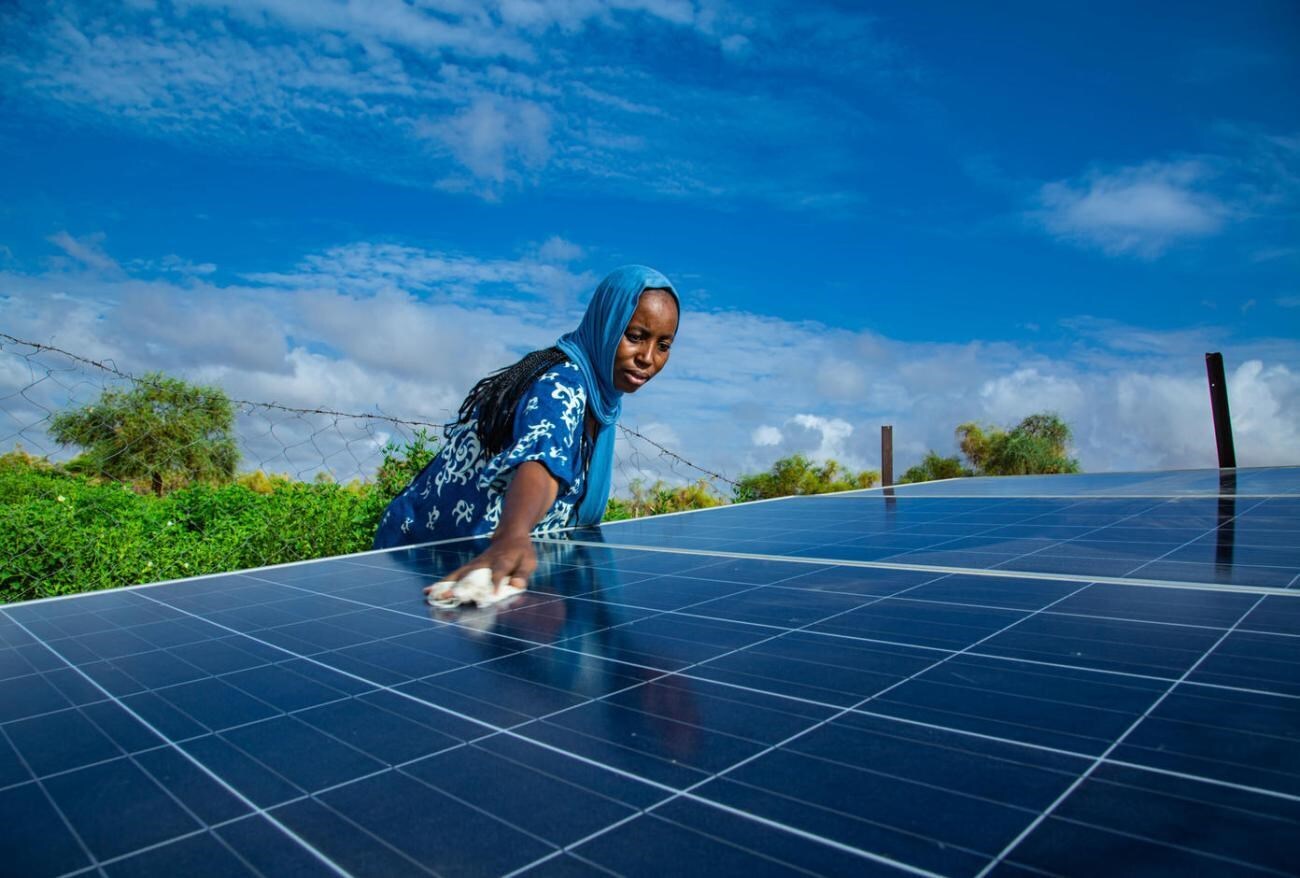

Africa is blessed with sunshine. In fact, the African Development Bank notes that the continent has “almost unlimited” solar potential, roughly 10,000 gigawatts (10 terawatts) of capacity. This equates to more than 50 times the world’s current power needs. Yet ironies abound. Some 600 million Africans (about 43 per cent of the population) still lack reliable electricity, and roughly 80 per cent of all the people on earth without power live in sub-Saharan Africa. Here lies both a challenge and an opportunity: Africa’s abundant sunshine could be the key to closing its energy gap – and in doing so, transforming industries like aluminium that desperately need clean, affordable power.

Image for referential purposes only (source: https://unsdg.un.org/)
Also read: Reliance Industries’ mega solar project is set to dwarf Tesla’s Gigafactory
The potential, as realised
Solar panels in Burkina Faso capture the continent’s abundant sunlight. Africa’s sunny climate and vast open spaces give it one of the highest solar irradiance levels on Earth. The continent has such an abundant resource, but it has barely been tapped.
Harnessing even a fraction of this potential could dramatically change the energy landscape. For perspective, China, with one-sixth of Africa’s population, imported more solar panels in 2024-25 than the whole of Africa. Yet Africa’s solar boom is starting to catch up. Chinese panel exports to Africa jumped 60 per cent in the year to mid-2025, reaching the equivalent of 15 GW of new capacity (up from 9 GW) – what think‑tank Ember calls the “first evidence of a take‑off in solar in Africa”.
According to the World Bank’s Global Solar Atlas, Africa records an average solar potential of 4.51 kWh per kilowatt-peak per day (the highest on Earth). To put that in perspective, it outshines Asia’s 4.33 and North America’s 4.37, and leaves Europe trailing at just 3.44. It’s a rare instance where the continent isn’t playing catch-up, but leading the global race in raw solar capability. From the Sahel’s endless dunes to the savannas of Kenya and Zambia, Africa’s geography offers a vast, uninterrupted stage for sunlight to do its work. Yet, for decades, this gift has glared unused — a paradox of abundance amid scarcity.
The human impact of this solar surge
Responses








